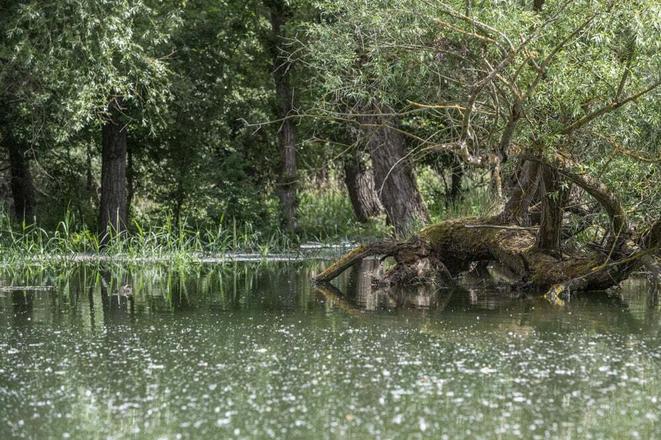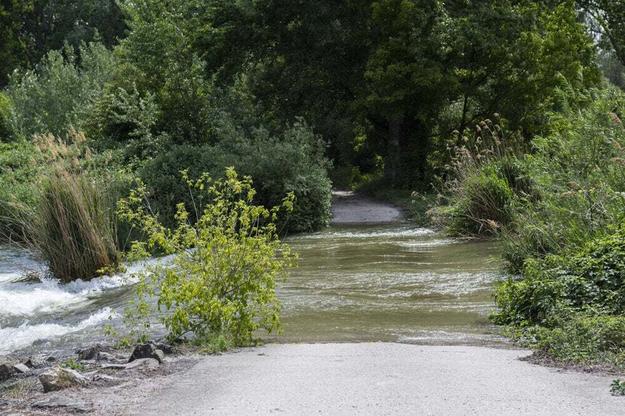While a large part of the Slovak stretch of the Danube is harnessed to producing electricity, river managers want to give the surrounding environment one of the life-giving drenchings that it would get under normal circumstances. Following the traditional spring so-called "simulated floods" of the Danube inland delta near Bratislava, which is affected by the Gabčíkovo hydroelectric plant, Vodohospodárska Výstavba, the state-owned company that builds water structures and manages hydro-power plants, will start a summer simulated flood on Saturday, July 15. It will last for 18 days, i.e. until August 1.
Artificial flooding of the Danube is a common but necessary activity for environmentally valuable elements in the area. It is also part of the fight against the climate crisis, the company noted.
“It is also one of the ways to protect the Danube floodplain forests and wetlands,” Vodohospodárska Výstavba wrote, as quoted by the TASR newswire. “Thanks to artificially increased flow and interventions at individual dams, water reaches places that would not survive without it.”
During the simulated flood, the state company will test the maximum flow through the facility at Dobrohošť at a level of 120 cubic metres per second (for four days), up from a normal average of 30 cubic metres per second, which will be followed by 90 cubic metres per second for four days.
The company declared that the flows through the intake facility to the branch system in Dobrohošť and connected dams will be set in such a way that there is no damage to water structures or to property in the flooded area while the floodplain is partially flooded.
Last year, spring simulated flooding began on May 13 and lasted until June 12. Summer flooding followed right afterwards, from June 13 to June 28, so flooding lasted a total of 41 days. The maximum flow was 90 cubic metres per second, the Environment Ministry wrote last year, as quoted by TASR.





